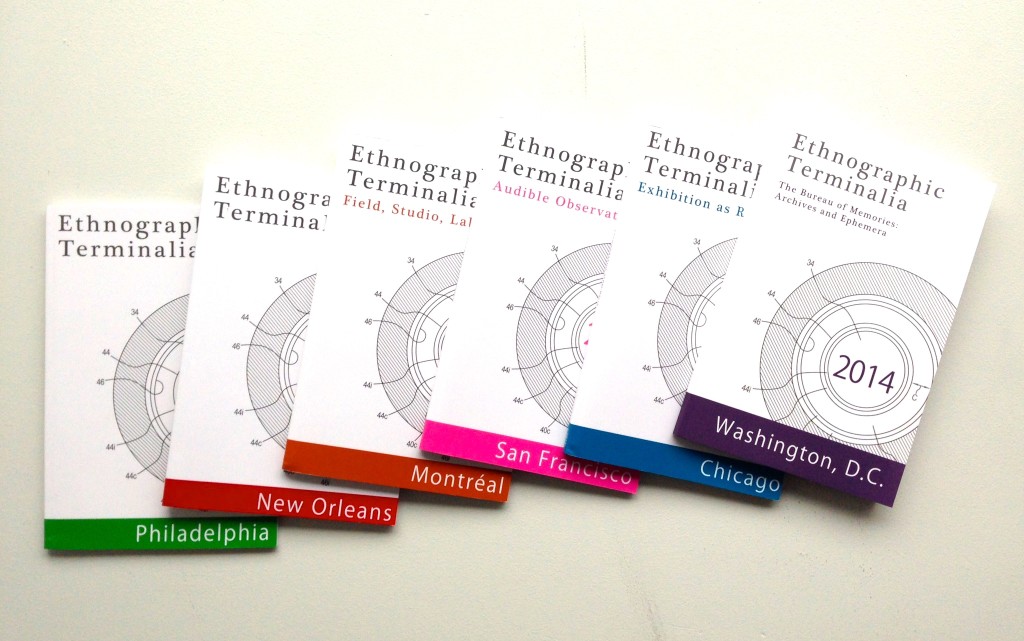The Sonic Melting
Snow mountains, more than sea or sky, serve as a mirror to one’s own true being, utterly still, utterly clear, a void, an Emptiness without life or sound that carries in Itself all life, all sound.
- Peter Matthiessen, The Snow Leopard, 1979.
To what extent is the natural world susceptible to human understanding, explanation or control? Is it possible to access the primordial chaos in which the vibrational forces of nature precede a fixed organization of our sense experience? What would it mean to experience sound as a continuum of history, instead of an ephemeral and recent event that may only perdure in our memory or any other recording device? These recordings present a sonic narration of our encounter with the Quelccaya, the largest tropical glacier on the planet, and tries to answer to these questions by presenting an alternative approach to the complexity of climate change: namely, one which is not limited by visuality. The crunches of massive ice blocks, minute ice crystals breaking, the splashes of water running from the glacier’s base –which vary from a few drops to several cubic meters- winding their way through gaps between rocks and frozen soil, and their reverberations within different sections of the Quelccaya; contest the images of a passive, fluid and malleable nature. They remark, instead, its excess, indifference, and destructive power. By reminding us of the infinite cascade of events to which our present time belongs, these adjacent and overlapping sonic forms are, without a doubt, narrating the histories of climate change.
Biography
Gustavo Valdivia is a third-year PhD student at the Department of Anthropology at Johns Hopkins University. Since 2008, he has been doing fieldwork in the highest altitude communities in the Peruvian Andes. In his dissertation, he plans to investigate the representation of the Andes mountains in climate science, and to explore ethnographically the local understandings of climate and climate change in an Andean community. In the summer of 2015, he will start a collaborative project with people from the community of Phinaya in Peru –where the largest tropical glacier in the world is located in—, and who are interested in making their own recordings to approach the complex and sonically dense environment of this retreating glacier.

